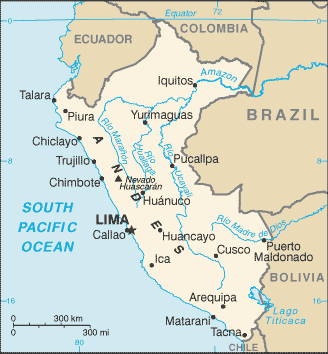Drug policy
Peru has drug demand reduction policies that include programs in the areas of prevention, early intervention, treatment, care, and rehabilitation, as well as other initiatives and measures to minimize the adverse public health and social consequences of drug abuse.
Treatment and Recovery Services
Peru has the following comprehensive and inclusive care, treatment, rehabilitation, recovery, and social integration programs and services in its public health and social protection network:
- early intervention,
- crisis intervention,
- various treatment and social integration mechanisms
- recovery support services.
As of 2021, the country has no dual pathology (co-morbidity) programs or services.
Peru’s programs and services do not take into account the “International Standards for the Treatment of Drug Use Disorders” of the WHO and UNODC.
Peru implements the following cooperation mechanism with social and community actors that provide social and community support services to contribute to the social integration of people with substance use disorders:
- Neighbourhood councils,
- community,
- educational institutions,
- EMBS-targeted neighbourhoods
Prevention Services
Peru develops and implements the following prevention strategies and programs:
Schoolchildren and university students
Incarcerated individuals
AS of 2021, the country does not implement specific programs for the following population groups: pre- school children; primary school students; university and tertiary level students; street population; family; gender (male/female); LGBTIQ+ population; community; indigenous population; migrants and refugees; or people in the workplace.
Peru has developed and strengthened situational assessments to identify specific needs, risk, and protective factors of its drug use prevention programs for secondary-school students, through the National Study on Drug Prevention and Consumption among Secondary Students, published in 2017.

